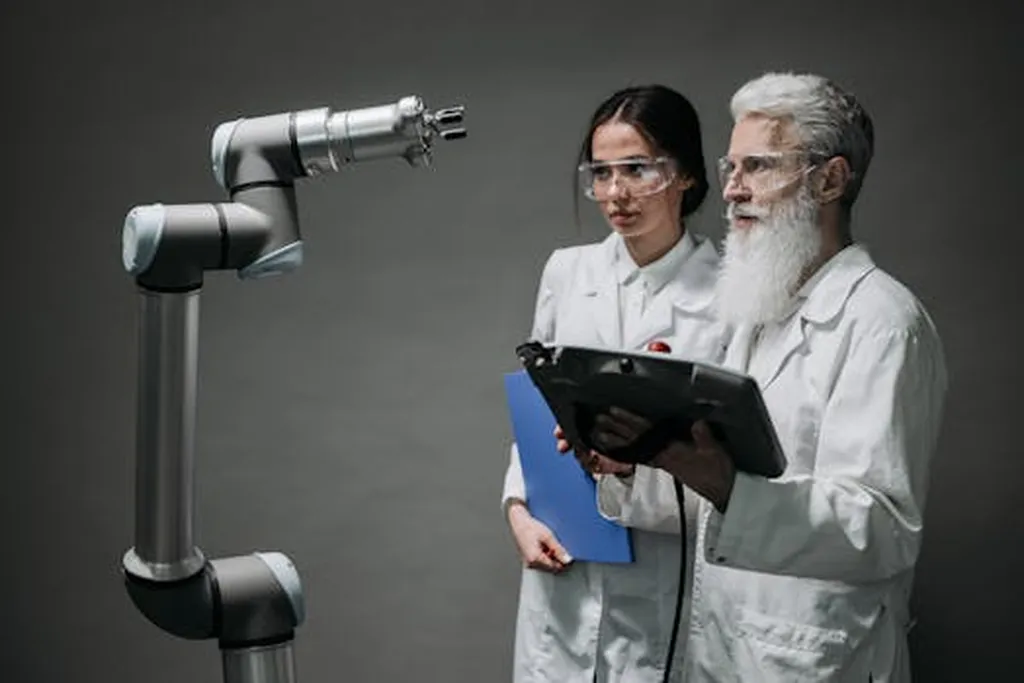In the heart of Manila, Philippines, a team of researchers led by Ivan Roy Evangelista from the Department of Electronics and Computer Engineering at De La Salle University has developed a groundbreaking framework that promises to revolutionize fruit detection in orchard environments. Their work, published in the journal *Technologies* (which translates to English as *Technologies*), addresses a critical challenge in precision agriculture: the accurate segmentation of camouflaged fruits.
Fruit segmentation is a vital task for disease prevention, yield estimation, and automated harvesting. However, traditional methods often fall short due to visual complexities such as background clutter, occlusion, and color-texture similarities that lead to camouflaging. Evangelista and his team have tackled this issue head-on with their context-aware segmentation framework, designed specifically for orchard-level mango fruit detection.
The framework integrates multiscale feature extraction based on the PVTv2 architecture, a feature enhancement module using Atrous Spatial Pyramid Pooling (ASPP) and attention techniques, and a novel refinement mechanism employing Position-based Layer Normalization (PLN). “Our model leverages the strengths of these components to achieve superior performance in detecting fruits that are partially occluded or visually blended,” Evangelista explains.
The team conducted a comparative study against established segmentation models, employing both quantitative and qualitative evaluations. The results were impressive, with their model outperforming others across all metrics. An ablation study further validated the contributions of the enhancement and refinement modules. The feature enhancement module yielded performance gains of 2.43% in S-measure, 3.10% in mean E-measure, 5.65% in weighted F-measure, 4.19% in mean F-measure, and 4.35% in IoU. The refinement mechanism achieved improvements of 2.07%, 1.93%, 6.85%, 4.84%, and 2.73% in the same metrics, respectively.
The implications of this research are significant for the agricultural sector. Accurate fruit detection can lead to more efficient disease prevention, better yield estimation, and more effective automated harvesting. “This technology has the potential to transform the way we approach precision agriculture,” Evangelista notes. “By improving the accuracy of fruit detection, we can enhance the overall efficiency and productivity of orchards.”
The commercial impacts are also substantial. Farmers and agricultural businesses can benefit from more precise data, leading to better decision-making and increased profitability. The energy sector, too, stands to gain from advancements in precision agriculture, as more efficient farming practices can contribute to a more sustainable and energy-efficient food production system.
As the world continues to grapple with the challenges of feeding a growing population while minimizing environmental impact, innovations like this framework offer a glimmer of hope. The research conducted by Evangelista and his team is a testament to the power of technology in addressing real-world problems and shaping the future of agriculture.
In the coming years, we can expect to see further developments in this field, driven by the need for more sustainable and efficient farming practices. The work of Evangelista and his colleagues is a significant step forward, paving the way for a future where technology and agriculture work hand in hand to create a more sustainable and productive world.

